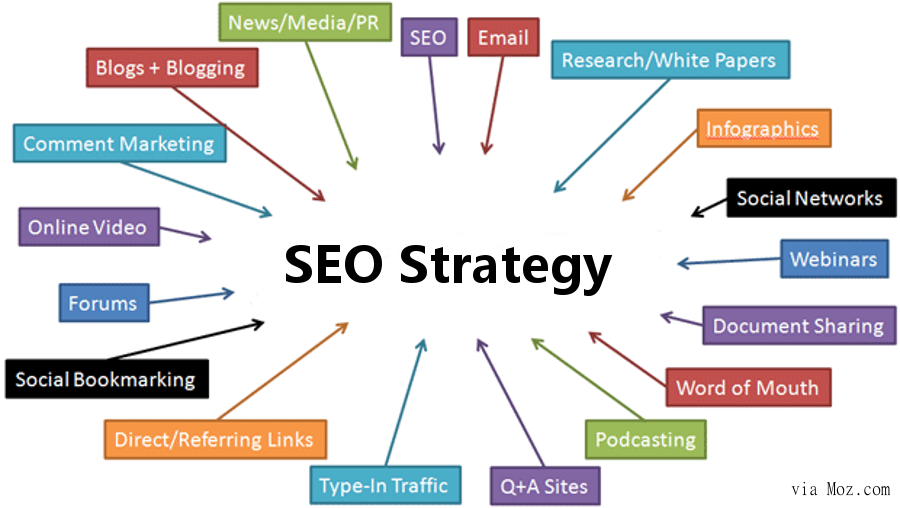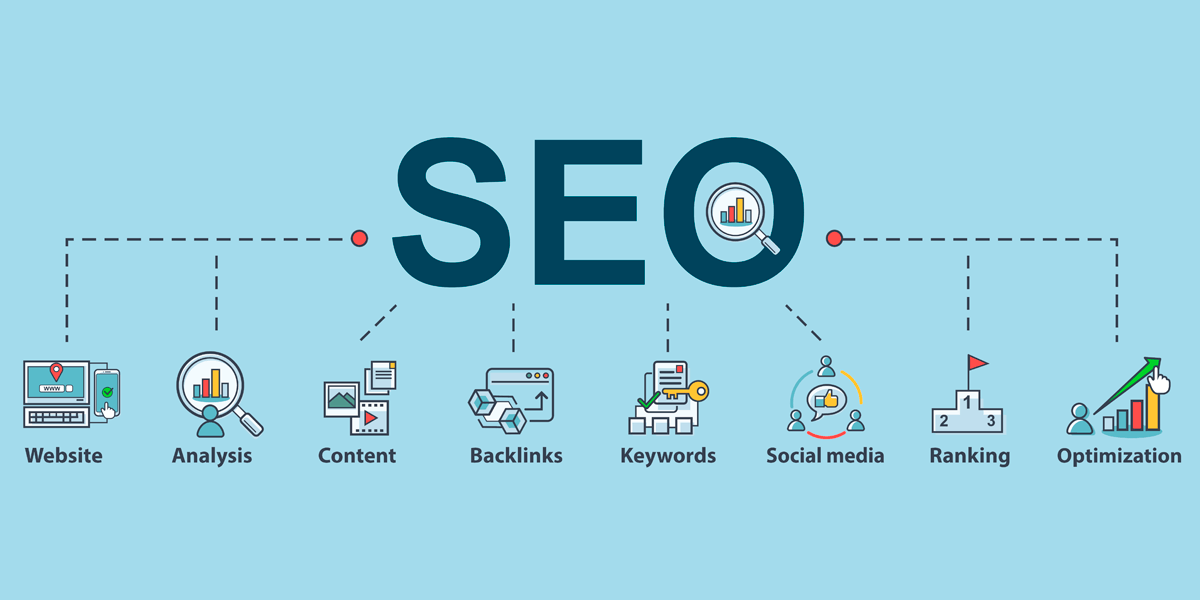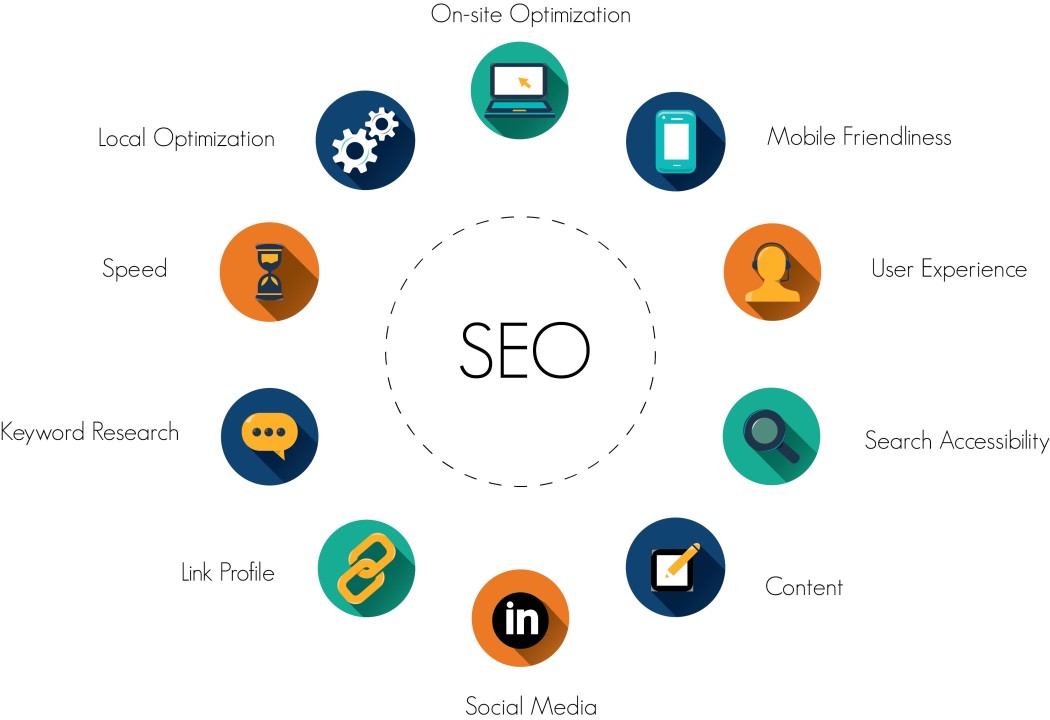A Comprehensive Check out What Is Not Considered a Default Medium in Google Analytics
A Comprehensive Check out What Is Not Considered a Default Medium in Google Analytics
Blog Article
Thinking Outside package: Leveraging Non-traditional Tools to Optimize Google Analytics Performance
In the world of electronic advertising and marketing, the pursuit for improved Google Analytics performance has become a strategic vital for services seeking to improve their on-line existence. Conventional methods often drop short in capturing the complete spectrum of consumer communications and behaviors. By exploring unusual mediums as methods of data collection, a brand-new world of possibilities arises. These uncharted areas offer a wide range of untapped insights that can possibly transform the means we comprehend and maximize our digital strategies.
Unique Data Resources

CRM systems, as an example, can offer insights right into private customer communications, purchase background, and choices, which can be integrated with Google Analytics information to produce more tailored advertising techniques. Social media systems provide valuable information on user demographics, passions, and involvement metrics, enabling businesses to determine the performance of their social media sites projects and optimize web content for much better performance. Email advertising and marketing data, consisting of open prices, click-through rates, and conversion metrics, can also be leveraged to track customer interaction and actions beyond web site interactions caught by Google Analytics. By leveraging these unique information sources, services can improve their techniques, boost targeting efforts, and improve total Google Analytics performance.
Social Media Site Insights

In addition, social networks analytics tools make it possible for organizations to track vital performance indications, display campaign effectiveness, and gauge the effect of their online tasks. Understanding the demographics of fans, identifying popular web content styles, and evaluating involvement levels can help businesses tailor their advertising and marketing approaches for better outcomes.
Offline Advertising Integration
Integrating offline advertising and marketing techniques with electronic analytics can enhance general project performance and supply a more detailed understanding of customer behavior. what is not considered a default medium in google analytics. By connecting the void between online and offline efforts, organizations can track the impact of standard advertising and marketing channels such as print ads, television commercials, direct mail, and events on their on the internet visibility

Additionally, executing call radar for offline advertising and marketing activities enables organizations to record useful data on consumer queries produced with published promotions or products (what is not considered a default medium in google analytics). By evaluating phone call information alongside online metrics in Google Analytics, organizations can get deeper understandings into the consumer journey and maximize advertising methods for improved efficiency throughout all channels
IoT and Wearable Modern Technology
Using IoT and wearable technology in electronic analytics can revolutionize information collection and customer insights for organizations seeking a much deeper understanding of customer behavior patterns. These ingenious technologies use a smooth way to collect real-time information from various touchpoints. IoT tools can track user communications with services or items, providing useful information on usage patterns and choices. Wearable modern technology, such as smartwatches or physical fitness trackers, can supply insights into customer tasks, health metrics, and even area This Site information.
Gamification Techniques
The implementation of gamification methods in digital analytics provides an innovative approach to enhancing user engagement and driving actionable insights for companies. By integrating game-like aspects such as points, badges, leaderboards, and awards into the analytics interface, companies can motivate users to interact more regularly and meaningfully with the information.
Gamification urges individuals to check out different features of the analytics platform, revealing beneficial understandings that may have otherwise gone unnoticed. Through interactive challenges and progression tracking, customers are incentivized to dive much deeper into the data, leading to increased time invested in the system and a higher likelihood of uncovering vital patterns or patterns.
Additionally, gamification can promote a sense of competitors amongst individuals, spurring them to pursue greater efficiency and engagement degrees. This affordable spirit can drive enhanced user fostering rates and a more thorough use of the analytics tools readily available. Eventually, by leveraging gamification strategies in electronic analytics, organizations can produce a more productive and engaging environment for users, causing even more educated decision-making and boosted general performance.
Conclusion
To conclude, leveraging unique tools such as distinct information resources, social networks understandings, offline marketing combination, IoT and wearable modern technology, and gamification techniques can enhance Google Analytics efficiency. By thinking outside the box and checking out these different sources of data, services can obtain important insights and boost their total advertising methods. It is very important for business to constantly discover brand-new means to gather data and examine it in order to remain ahead in the ever-evolving electronic landscape.
By integrating information from resources such find more info as customer connection management (CRM) systems, social media platforms, and email marketing campaigns, businesses can obtain a more thorough understanding of their target market behavior and interaction patterns. Social media platforms use useful data on customer demographics, interests, and interaction metrics, enabling services to assess the performance of their social media projects and optimize content for better performance. By leveraging these distinct data article sources, companies can fine-tune their methods, enhance targeting initiatives, and boost overall Google Analytics performance.
Discovering social media understandings can provide organizations with beneficial information on individual demographics, rate of interests, and interaction metrics, allowing for informed decision-making and critical optimization of advertising and marketing initiatives. By assuming outside the box and checking out these alternate sources of information, services can get important insights and improve their total advertising techniques.
Report this page